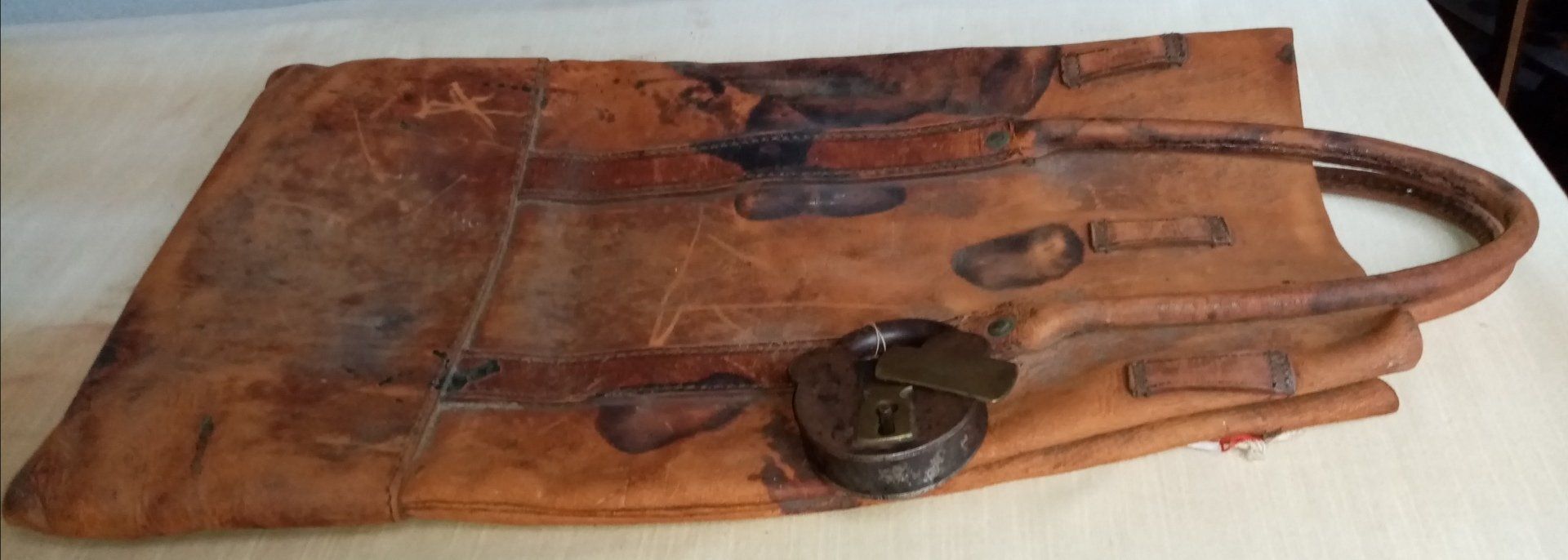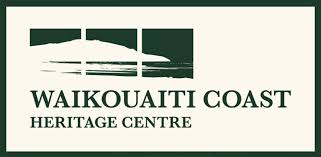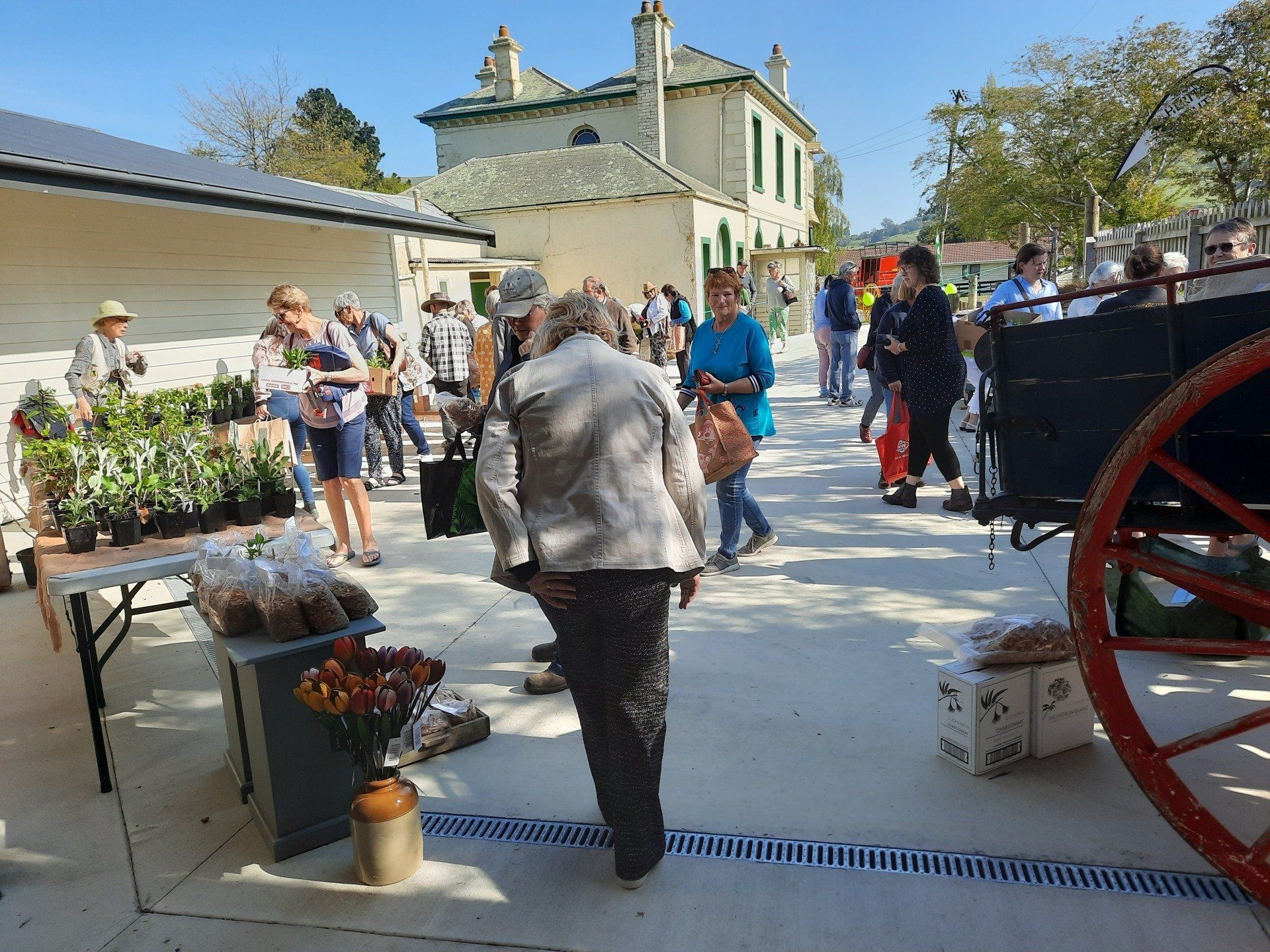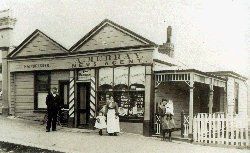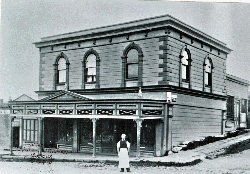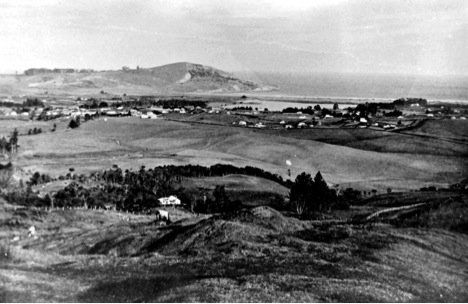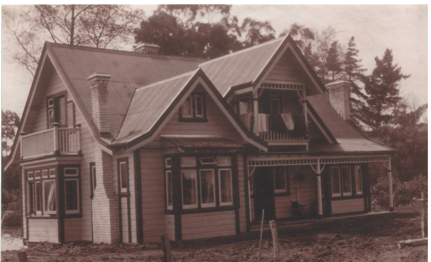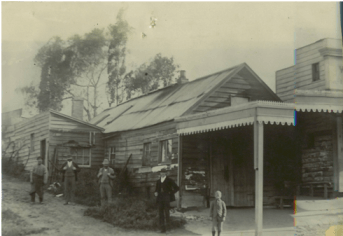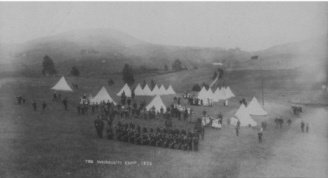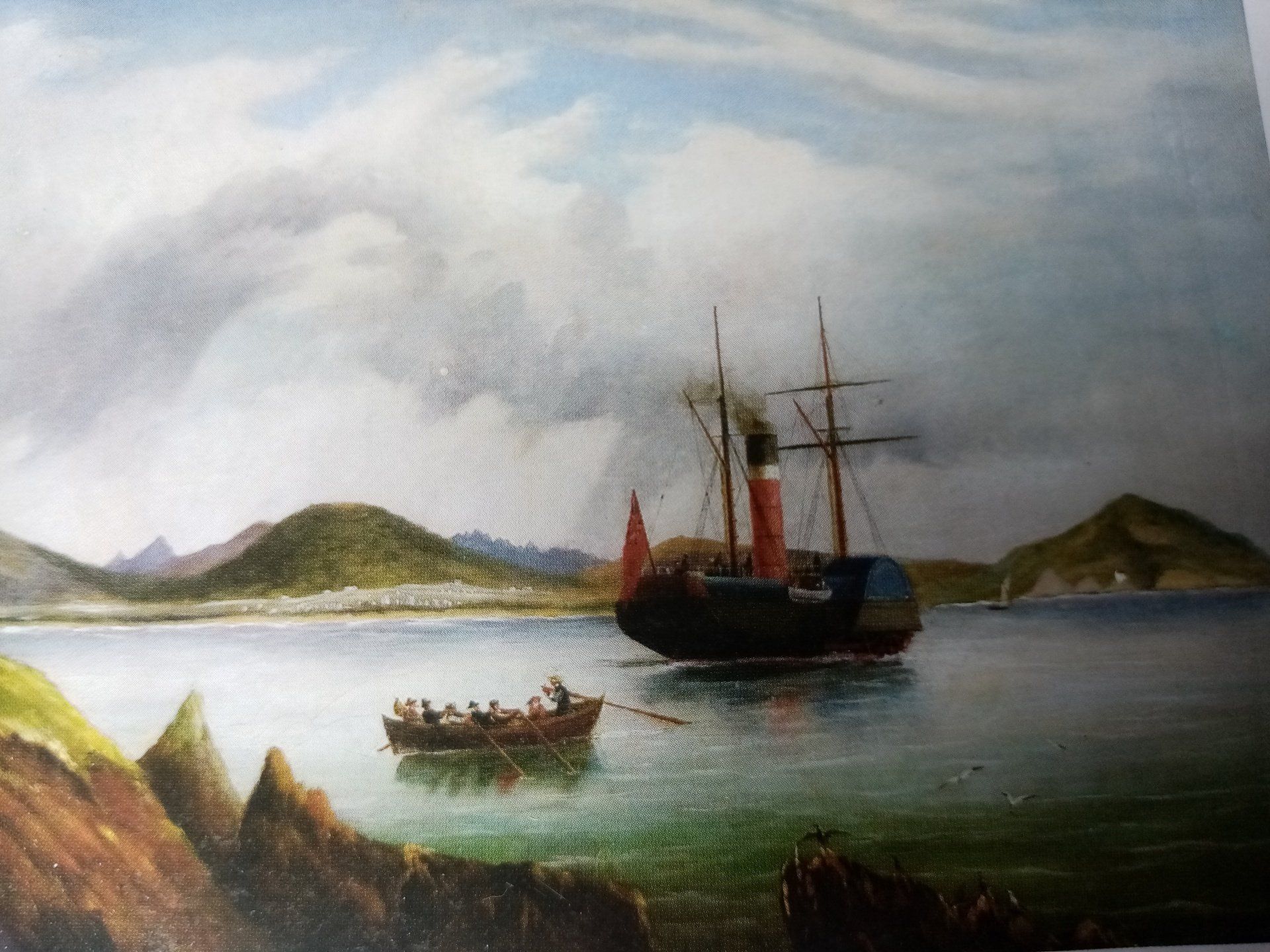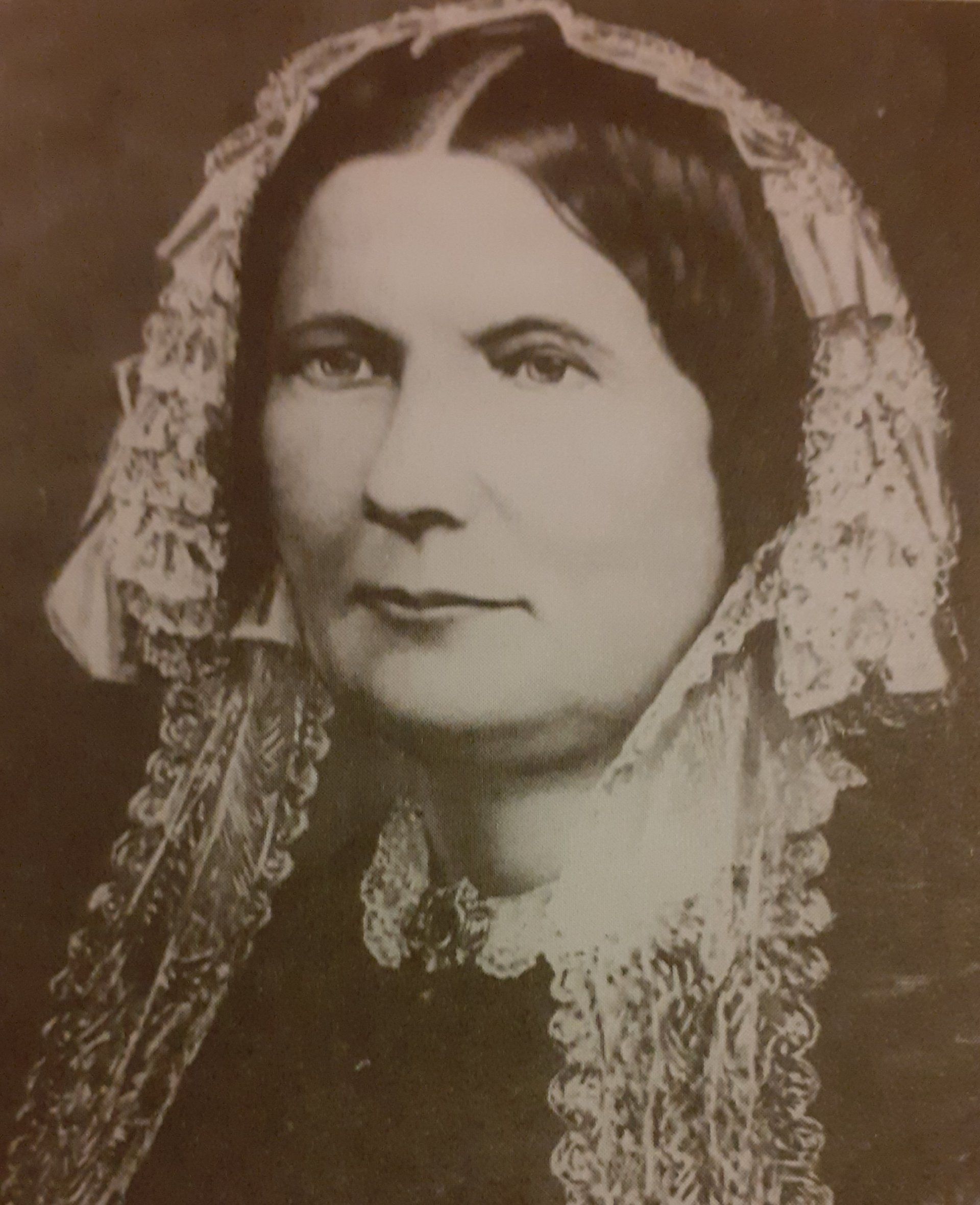Durden Hill and its namesake
A story of philanthropy and heartache.
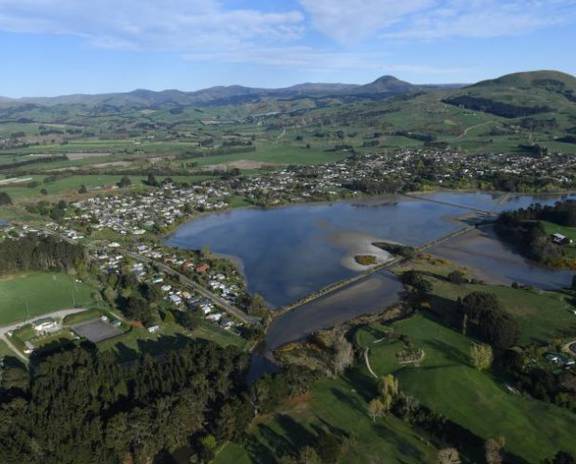
Pahatea/Durden was named in honour of Edward Witt Durden from Dorset England who arrived in Otago January 1849 aged about eighteen. He was a plumber's son. The story goes, he and another apprentice printer, unhappy in their current situations, ran away and worked their passage to Jones' Cherry Farm, where they became shepherds. After marrying Anne Beal in 1857, he shepherded at Puketapu for Jones. He left Jones' employ in 1861 to start his own store and bakery in Beach Street. His kind and generous nature, and the later loss of his home and store to fire, exacted a heavy toll. Durden declared bankruptcy in 1868 and 1870. He and Anne kept the Royal Hotel but was bankrupt again in 1876. He worked for D & J Malloch until his death from skin cancer in 1896, aged 65. Ned Durden was a founding member of the West Hawksbury Corporation. He was also a founding member of the Oddfellows Lodge, which promoted philanthropy, the ethic of reciprocity and charity. The Durden’s lost their baby son John Edward to measles in 1861 and were survived only by their daughter Annie. The photo of Ned and his son's grave sits in a plumb position in St John's Churchyard. The feature hill, currently draped in rainy mist, a fitting backdrop.
